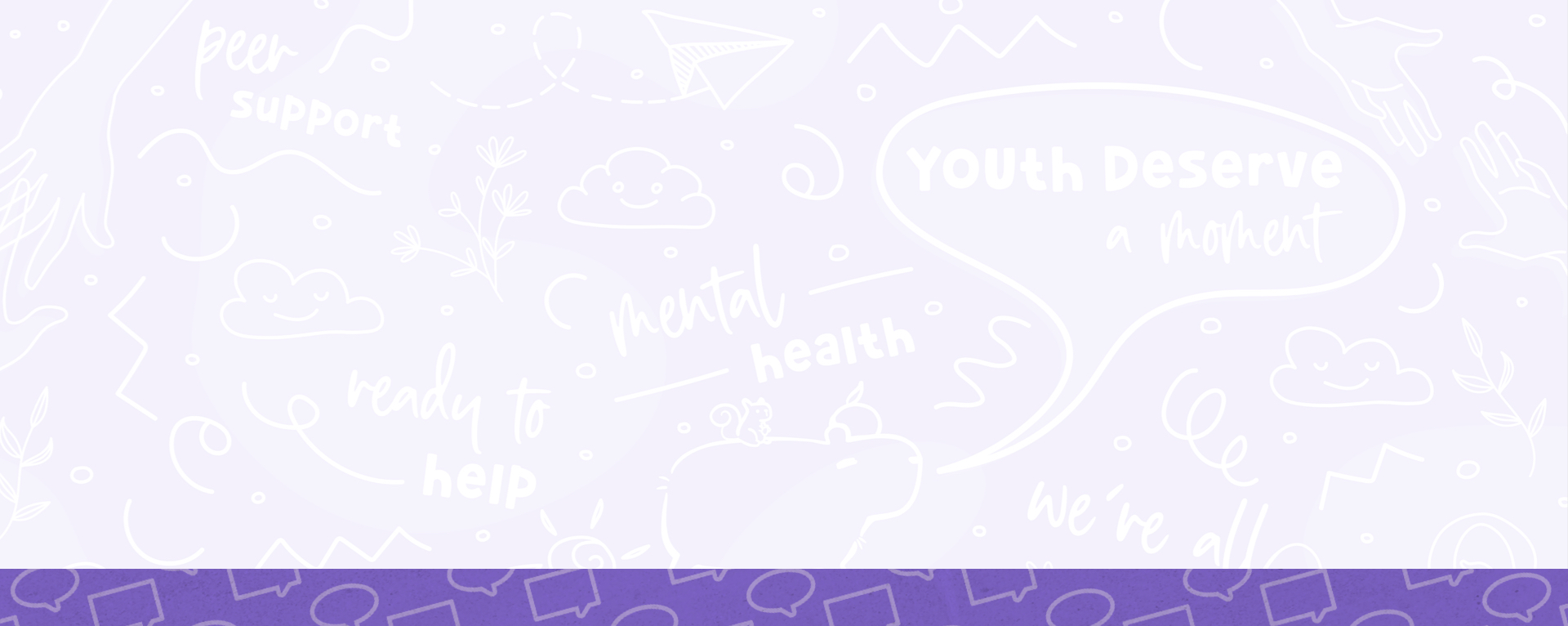Author – Yi-Nuo
Cyberbullying: the usage of technology, particularly the internet, to harass, threaten, target, or embarrass another person. Hidden behind a screen, it’s easy for bullies to say and do harmful things that they might not do in person, making the cyberspace a platform where bullying is especially prone to take place. Indeed, Statistics Canada reports that nearly 1 in 5 internet users between the ages of 15-29 have been the victim of cyberbullying.
Victims of cyberbullying may feel trapped, afraid, and as if they have no safe space even at home or out of town. The Internet is everywhere, making cyberbullying a problem that’s often difficult to avoid. As well, the scope of the internet is extremely wide, meaning that any bullying messages, images, or videos are subject to a lot of exposure and are difficult to erase.
However, it is important for cyberbullying victims to know that, while cyberbullying is a horrible thing to have to go through, there are ways for them to protect themselves and to deal with the situation.
What is Cyberbullying?
What constitutes as cyberbullying? Cyberbullying is the ongoing, purposeful act of hurting someone via online technology. Examples of cyberbullying include:
- Sending mean or harassing texts, emails, direct messages, etc.
- Spreading harmful rumours about someone
- Making fun of someone in a group chat
- Taking an embarrassing photo or video of someone and sharing it without permission
- Pretending to be someone through the creation of a fake profile
- Accessing private files without permission
- Sending harmful viruses to someone else’s device
Dealing with Cyberbullying
If you think you are being cyberbullied, here are some measures you can take to deal with the situation:
- Talk to someone you trust: a parent, teacher, friend, or us at Connecteen. You don’t have to deal with this alone, and it’s important to reach out to others to help you take action. Schools in particular have the responsibility to help students being bullied, even if the bullying is taking place outside of school.
- Don’t delete evidence- messages, emails, texts, and the like. Even anonymous messages or messages made under a false name can be traced. Screenshot, print, and bookmark browser pages where bullying has occurred.
- Don’t reply to bullying. This can aggravate the situation. Don’t give the bully what they want. Even non-aggressive replies such as “please stop” can make the situation worse, so it’s best to stick to silence as your only reply.
- Block the bully. Check the settings of apps and websites and familiarize yourself with blocking and reporting policies and procedures.
- Report bullying to social media site/ website administrators/ your ISP (Internet Service Provider). If the bullying has occurred over the phone (text, call), report to your mobile phone provider, and consider changing your number so the bully can no longer reach you.
- Report serious threats, such as physical or sexual threats, to the police.
- Important note: if an adult is involved in performing the bullying, this may be considered as cyber-harassment or cyberstalking, a crime that should be reported and can result in serious legal consequences.
- Consider taking time away from the internet. Spend more time with your true friends and do things that make you feel good about yourself. This way, the bully can no longer reach you, as you’ll be offline.
Bullying is never the victim’s fault, and if you are being bullied, online or in person, know that you are not alone. Reach out for help and use tech tools available to protect yourself- you are not helpless, and it is possible to deal with the situation. If someone you know is being cyberbullied, please take action to stop it, by taking a stand against the bullying and/or supporting the person being bullied.
Want to talk about bullying? At ConnecTeen, we are here to listen.
























